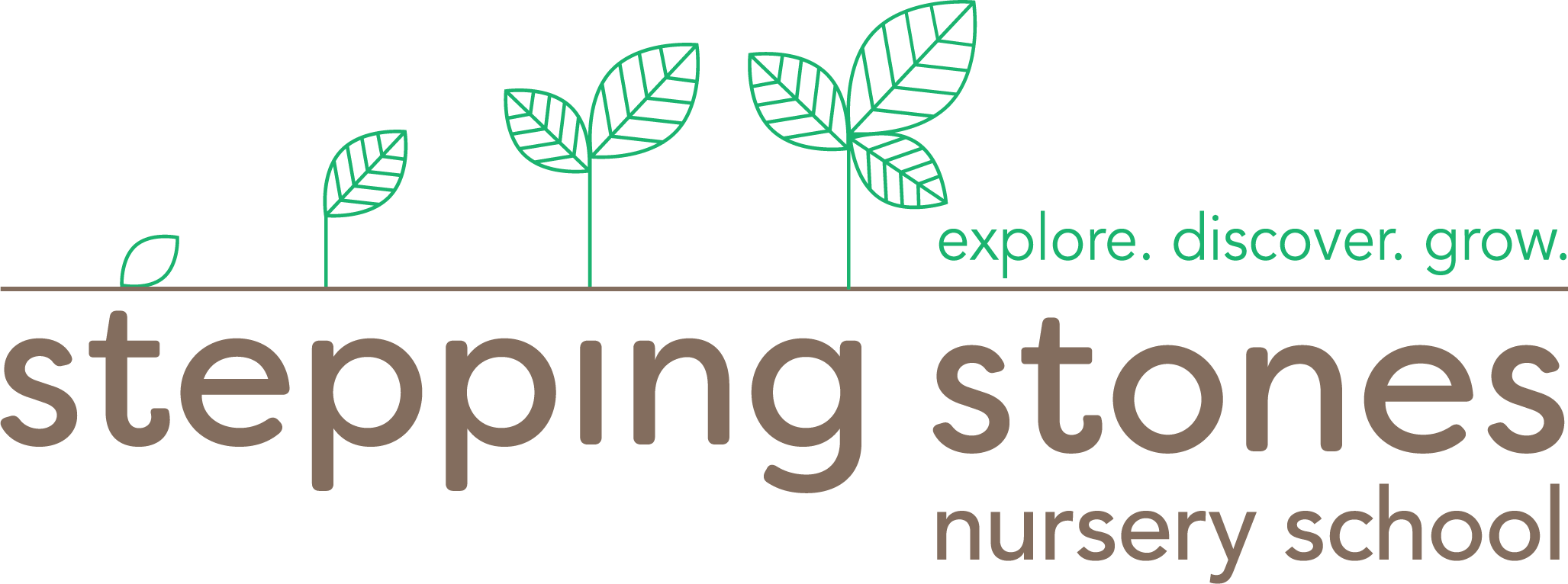Many play-based approaches, most prominently the Reggio Emilia inspired approach, honor the environment as a major player in children’s early learning and development. Often referred to as the child’s “third teacher” (after their parents and classroom educators), intentional environments spark curiosity, honor children’s temperaments and play urges, introduce new sensory experiences, and help to set the overall tone of the classroom. Schools devoted to play are leaning away from teacher-directed activities and towards teacher-curated environments as “yes” spaces where children can guide their own learning with the materials and provocations provided.
At Stepping Stones we tapped into expert Sandra Duncan’s book on rethinking the classroom landscape to help guide us on setting up environments for a new program year. Try some of these tips at home to create beautiful, playful, spaces for your whole family!
It’s pumpkin season! Not only do these gourds make the best soups, muffins, pies, and lattes, but they also serve as an incredible tool for early brain development! Pumpkin play is cute, AND it creates an opportunity for language modeling and vocabulary development. Pumpkin play is messy AND it promotes scientific inquiry for all ages through sensory input. Pumpkin carving is cool AND it strengthens fine motor muscles that lead to early writing skills.
Language Development and Pumpkin Play

Pumpkins and gourds provide a sensory experience from the inside out. Supporting your child’s exploration by making connections between their sensory input and rich descriptive vocabulary helps their language development soar in a meaningful way. Pumpkins and gourds provide opportunities to hear and practice wonderful adjectives like squishy, wet, slimy, bumpy, hard, rough, and smooth, action verbs like pinch, pull, cut, scrape, scoop, and collect, and scientific labeling of parts like seeds, stem, vine, pulp, and skin.
Mathematical Thinking during Pumpkin Play

Hey Mathletes, how many pumpkins have you got there? What shape are they? Which one is the heaviest? Can you put them in order from smallest to largest? Can you classify them into categories of bumpy and smooth? Let’s measure the circumference with measuring tape – that means all the way around! Pumpkins and gourds for the win of the perfect autumnal math homework! Counting, measuring, weighing, comparing, and classifying are all activities that develop our mathematical thinking muscles. 1… 2… 3… Let’s pumpkin!
Scientific Thinking during Pumpkin Play

Pumpkins and gourds create a sense of wonder and curiosity in young children. Their hard, textured exterior, their slimy fibrous innards, and the vines they grow on spark scientific inquiry in even our youngest learners. Infants and toddlers are masters of using their senses to explore the properties of the things around them. What does this feel like? How does it taste? Does it make a sound if I bang it on something? Preschoolers start to investigate the scientific processes of testing a hypothesis (what will happen if I drop this pumpkin off the side of the climber?), their stages of growth (from seed, to vine, to flower, to fruit), and recipes for cooking and baking with them (Yum!). Pumpkins and gourds inspire elements of physical and natural scientific inquiry.
Fine Motor Development during Pumpkin Play

Do you want your child to develop early writing skills so they are ready for kindergarten and beyond? Pass the pumpkins, please! Writing requires hard work in the early years, strengthening the muscles in the fingers, hands, and core, and practicing hand eye coordination through the use of tools. Carving, scooping, scraping, pounding, pinching, and grasping are developmentally appropriate ways to build that muscle strength and coordination.
Our favorite pumpkin activity? Hammering golf tees into a large pumpkin! It’s easier than a hard wood, but requires coordination and balance. Don’t forget your safety goggles!
Pumpkins bring a variety of developmentally appropriate early learning fun to the autumn season. So, get yourselves some pumpkins and grow those brains!

